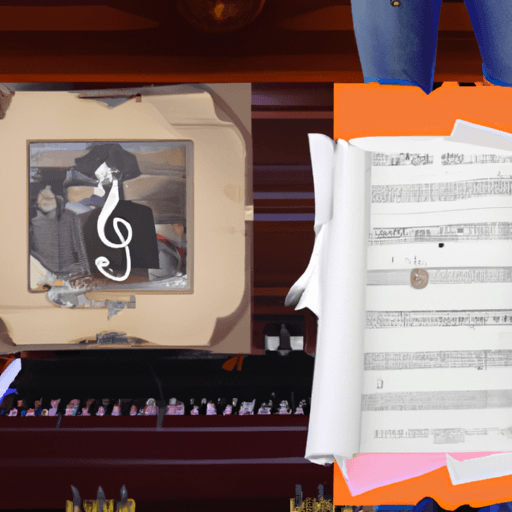Classical Music: The Hidden Force Behind Modern Pop Culture
Over the years, classical music has played a significant role in shaping modern pop culture, contributing to its rhythms, harmonies, melodies, and instrumentation. This article will delve deep into these connections, using examples from popular artists, songs, and albums. Furthermore, we will consider how these musical influences extend beyond sound to influence thematic elements and aesthetics.
A Tale of Two Genres: Pop Music Meets Classical
Classical music, despite its age, continues to validate its relevance in the ever-evolving world of pop. Various artists have borrowed and reinvented elements from classical music to create something that resonates with the contemporary audience. For instance, the band Muse is known to draw heavily from classical music, integrating piano solos and dramatic, symphony-like soundscapes into their songs.
The Beatles' A Day in the Life is another classic example. The orchestration in the track is quintessentially classical, creating escalating tension culminating in an exciting climax.
In 2006, pop queen Christina Aguilera released the track Hurt on her album 'Back to Basics' that featured a dramatic orchestration packed with piano and strings, while Lady Gaga in her track Alejandro leveraged a catchy, classical-inspired tune throughout.
Analyzing Classical Elements in Pop Music
The influence of classical music extends to the core elements of pop. Classical rhythms like the waltz have been used in songs like Radiohead's Paranoid Android. Harmonically, pop music often relies on traditional tonal harmony derived from classical music. Great melodies, whether in pop or classical, share a common characteristic - they stick in our minds. Many pop artists have achieved this the way classical composers did, by crafting melodies with well-balanced arcs, tension and release, and repetition.
Instrumentation, one of classical music's defining aspects, has also left its mark on pop. Full-orchestra sounds and classical instruments like violins, cellos, and pianos are gaining popularity, as evident in songs from artists like Sam Smith and Adele.
Classical Influences Beyond Music
Classical music's influence extends beyond sound; it impacts the aesthetics and themes of pop music. Take the Gothic pop subgenre, for example. It marries the emotional depth and oftentimes dark themes of classical music with modern pop sensibilities. Iconic artists, like Florence + the Machine and Lana Del Rey, use narrative techniques seen in classical opera to create emotionally charged music.
Looking Ahead: The Future of Pop and Classical Music
As pop music evolves, its relationship with classical music suggests two key trends. First, the line between classical and pop will become increasingly blurred, with artists continuing to experiment and blend these two genres. Second, as pop music continues to diversify, we might see the rise of more sub-genres that fundamentally redefine how we perceive classical music's role in contemporary culture.
In conclusion, classical music's influence on pop culture is profound and multifaceted. As artists continue to explore and redefine boundaries, it's exciting to imagine how this centuries-old genre will continue to shape the future of pop music.


















Comments
Leave a Comment